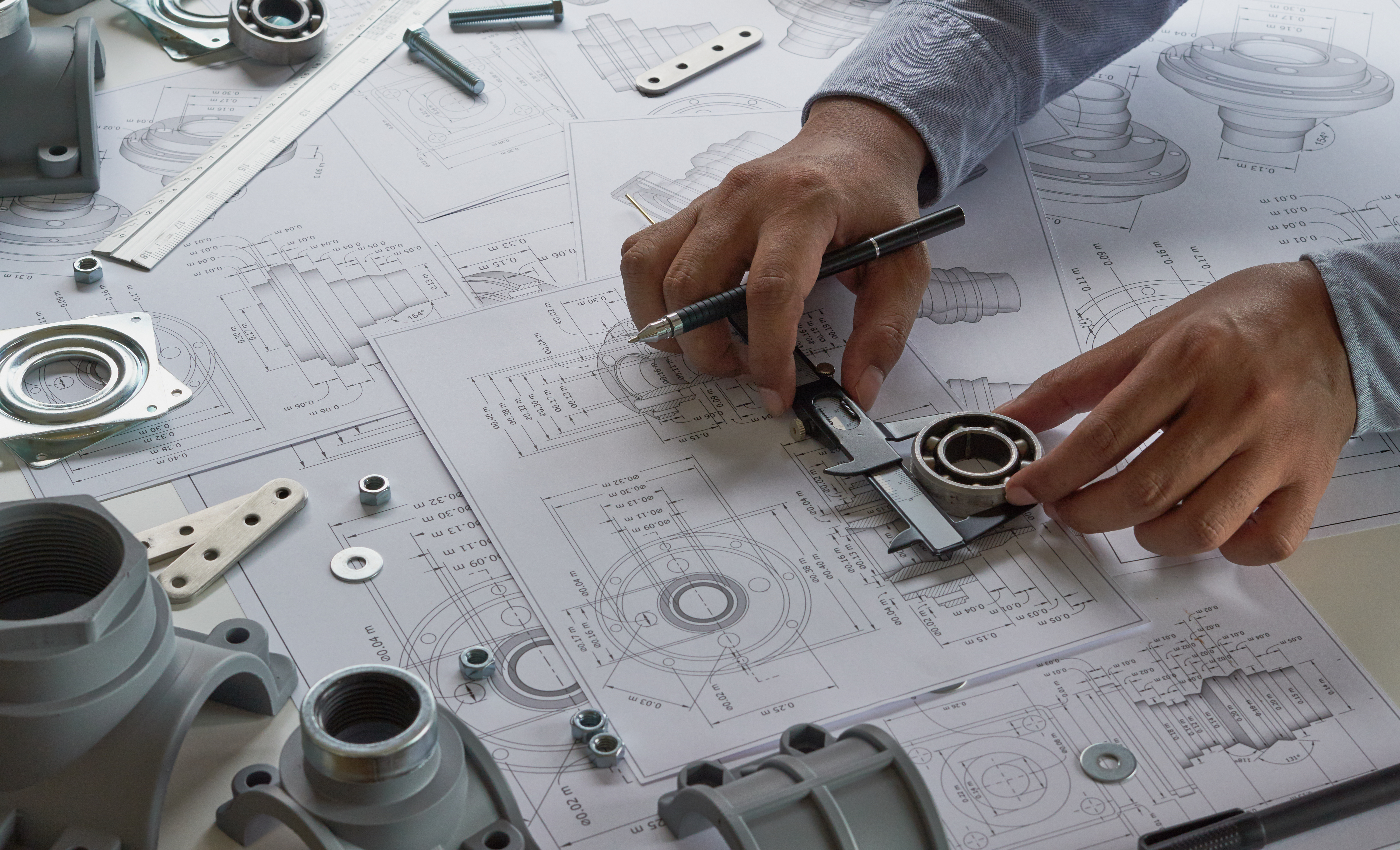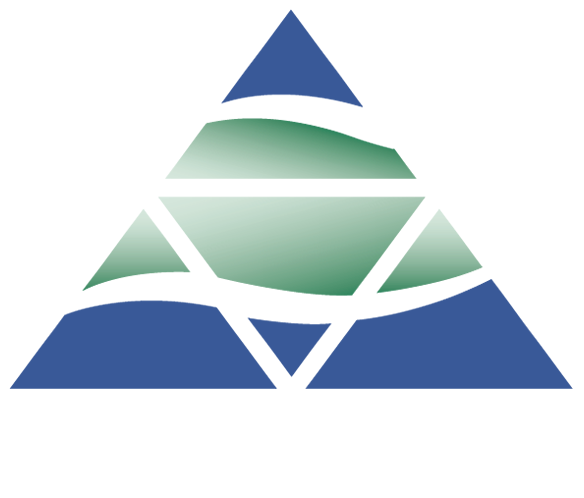
Overview
Zinc plating is a tool used in combating metal corrosion. There is a wide range of options for this protective coating. The electrodeposited Zinc Plating becomes a sacrificial layer, protecting the substrate against corrosion. The use of chromates and post-process topcoats further enhance the corrosion protection. Common substrates utilizing Zinc Plating include iron and steel.
Zinc Plating Options Available:
- Rack and Barrel/Bulk Processing
- Zinc Plating with and without Chromate/Passivate Options
- Post process Topcoats to further enhance corrosion protection
- Hexavalent & Trivalent (RoHS) options
- Pre and Post Bake Options
Chromate Options Available:
- Clear – Trivalent
- Yellow – Hexavalent
- Black – Trivalent & Hexavalent
- Olive drab – Trivalent & Hexavalent
Specifications:
ASTM B633
ASTM F1941 or ASTM F1941M
AMS 2402
QQ-Z-325


Request a Quote
How can Lindgren Group’s Avtec Finishing Systems and Nico Products Divisions partner with your company for greater success? Between our two facilities, we offer dozens of chemical and electroplating options, Gold Plating and other precious metal plating options, mechanical finishes, and quality systems to support our efforts in providing you with the best Metal Finishing available in the market today. Complete the form below to request a quote.
